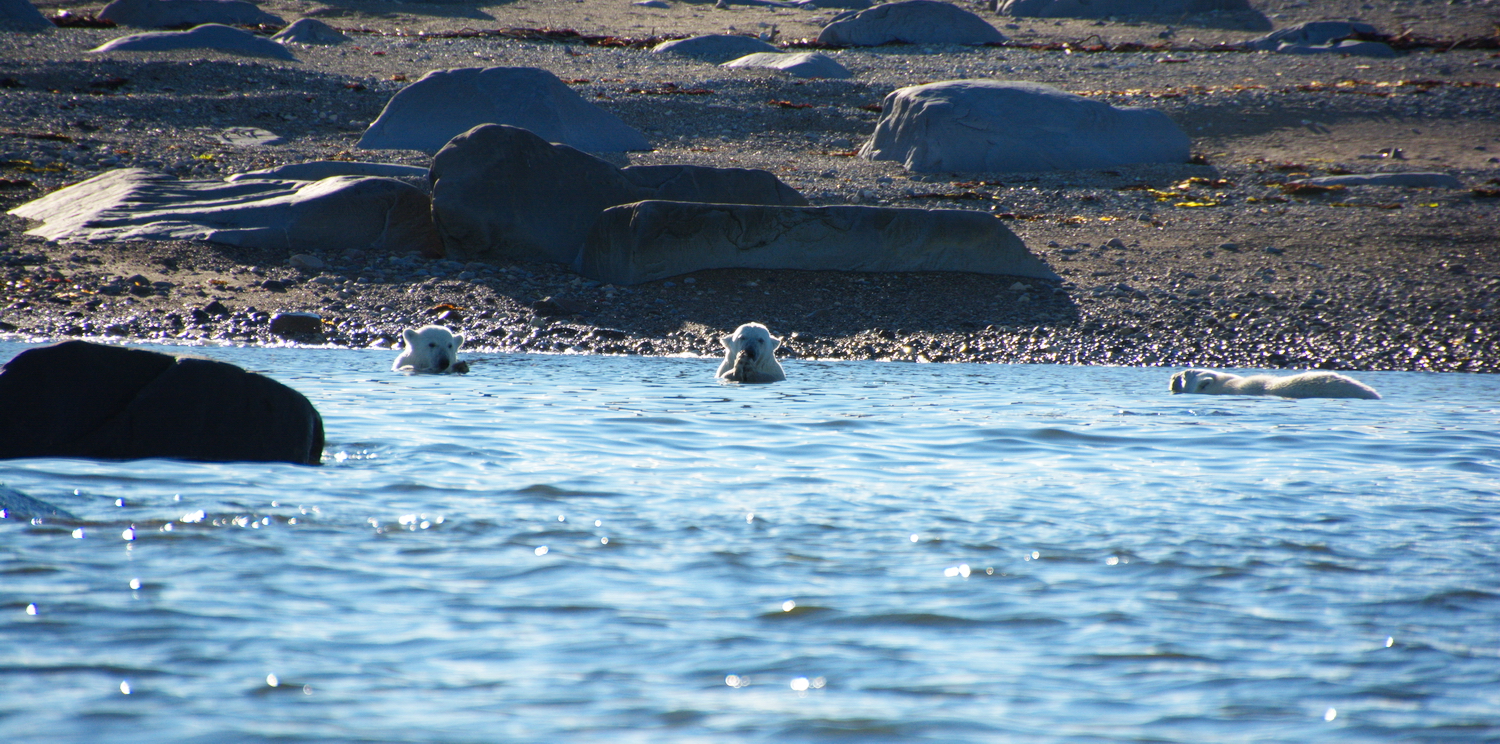As you may be pondering what to do if you’re looking to buy your first DSLR, or if you’re thinking about upgrading your current DSLR, here’s something to remember:
IT”S THE LENS, SILLY!
Think about it…
Your image must pass through your lens to get to the image sensor in the camera in order to create your image file that you use to print your picture.
If the lens isn’t up to the task… well…
So, as you’re contemplating what to do, focus (pun was not planned, but it works, so we’ll keep it) your attention on the lens, and if you’re wondering where your money should go, it’s the Frog’s humble opinion that the answer is the lens. Get the best lens you can afford. Don’t forget to consider refurbished and used lenses to stretch your dollars.
If you do your research on DSLR bodies, you’ll find that some of the “amateur” or “prosumer” bodies have the same image sensors as the “pro” bodies, or maybe they have the “old” sensor that was the “new” sensor six months or a year ago. The most significant difference in many cases is that the amateur or prosumer bodies don’t have all of the controls, options, bells and whistles that the pro bodies do – and they’re a lot cheaper. As was discussed in the Buying a DSLR post, think about what you photograph and what you absolutely need in a body first, then think about what you want.
And now, we’re suggesting that you think about the lens just as much, if not more. Check out the post on Camera Equipment for Basic Travel Photography, and also the post on All-in-One versus Prime Lenses for more food for thought.
Don’t forget to visit your local camera store as part of the process! We need small businesses to survive and thrive.
Because…
IT’S THE LENS, SILLY!













